Unusual HD Overlanding Vehicles: Exploring Outside-The-Box Options From The Heavy Duty Truck World
The #vanlife craze has revealed just how versatile a platform those rectangular cargo haulers can be, particularly once they’ve passed through the imaginations (and skilled hands) of professional outfitters and fabricators. There are seemingly no limits as to what can be accomplished within the right-angle confines of vans both modern and vintage, making them a popular choice for overlanding fans.
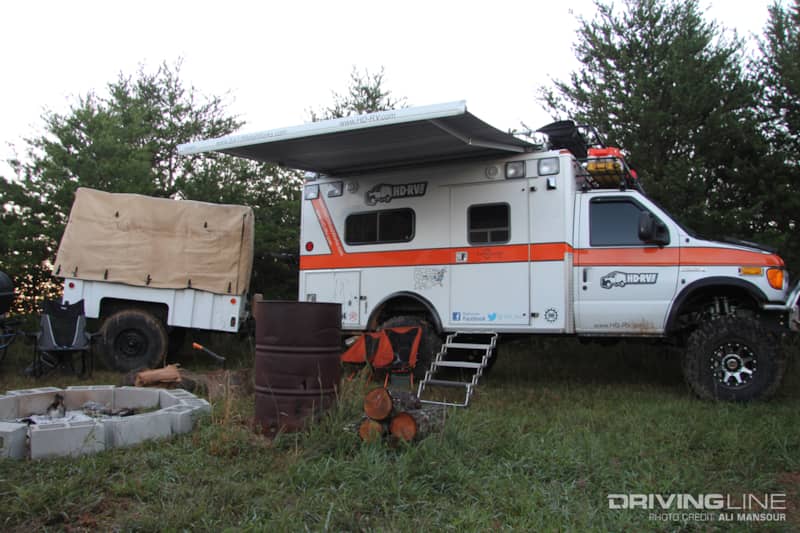
Of course, their high profile has also made the usual conversion van suspects subject to more than a little price inflation. Simply put, supply and demand has hit van inventories hard, which makes it more and more difficult to find a bargain, with the high-margin, luxury-oriented side of the business taking up increasing amounts of space in the market. Fortunately, there’s a relatively untapped reservoir of potential overlanding rigs available to outdoor adventure fans willing to look outside of ordinary channels when shopping for their next project. Commercial, industrial, and government fleets present an intriguing alternative to the standard van narrative that can save you money without sacrificing capability or comfort.
Jump In Fleet-First
Fleet vehicles are often left out of the overlanding conversation, but by design they are at least as, if not more, configurable than a traditional van. Most commercial models start out life as either a heavy-duty truck/van platform or a chassis-cab configuration, which allows the original buyer to outfit whatever equipment or cargo setup they are looking for—essentially a blank automotive slate with a considerable gross vehicle weight rating to accommodate significant modifications.
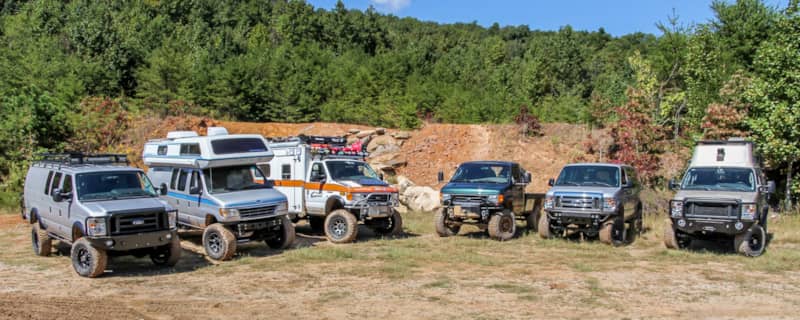
In order to score a bargain, shoppers will need to focus not on new, untouched fleet machinery but rather those that have already been through the cycle and are now available at auction or through private sale. This means narrowing down selection to vehicle types that are best suited to overland adventure.
Ambulance To The Rescue
At the top of the list? It might surprise you, but ambulances can make excellent off-road campers. They are typically divided into “types.” Type I and Type III graft a large box onto the rear of a heavy-duty chassis cab truck or heavy-duty van, while Type II makes use of an integrated commercial tall-roof van platform.
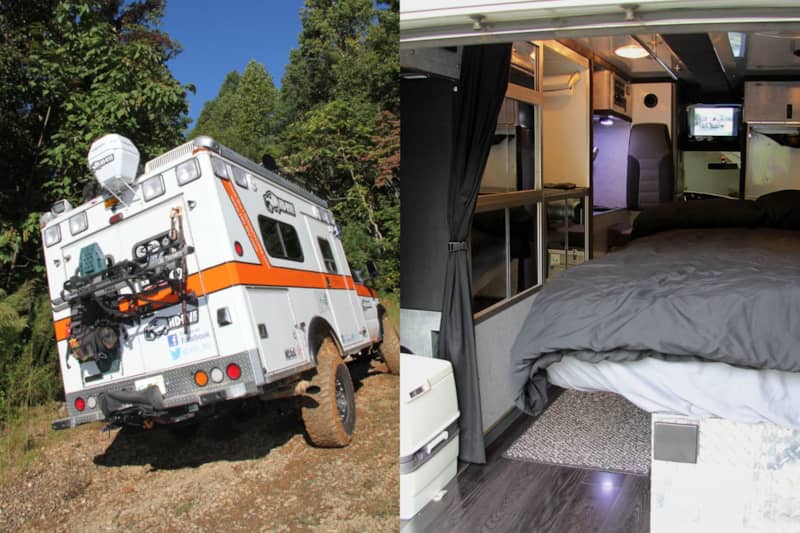
What’s appealing about a used ambulance as an overlanding? Looking specifically at Type I designs, there’s the potential for a factory 4x4 system to already be installed, particularly if the vehicle was originally used in a more rugged environment such as a national or state park. Converting a two-wheel drive ambulance to four-wheel drive is also a relatively simple process when starting from a truck-based platform, as parts support is excellent and there are experienced conversion pros and amateurs available to help with questions online. Not only that, but you’ll have access to a full range of off-road tires that aren’t necessarily easy to fit on vans with less ground clearance.
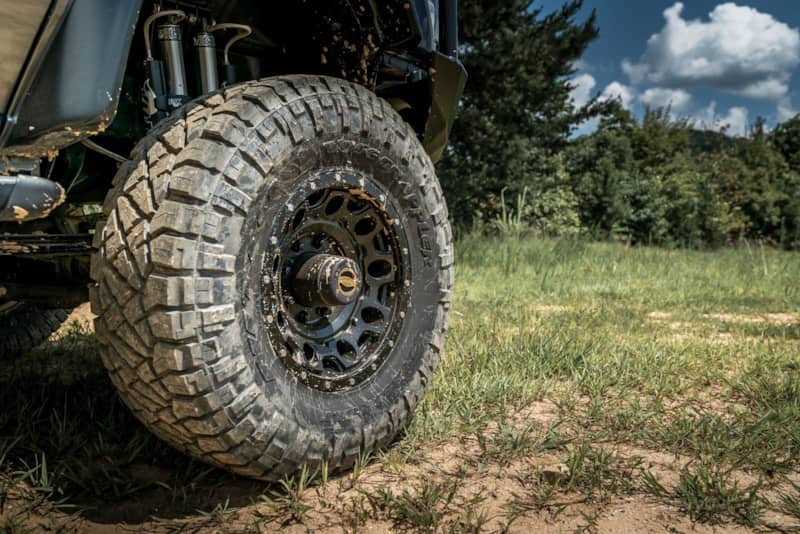
Even if you opt for a two-wheel drive Type II or Type III design, there’s a lot to like about ambulances in an overlanding setting. For one, they typically have heavy-duty electrical systems, battery banks, and larger alternators that can handle a significant load put on them by the equipment being used in the life-saving portion of the vehicle, as well as high-rated inverters. Installing a generator in an ambulance is also easy given the space available, and the same can be said for both drinking water and grey water storage. Type I and Type III ambulances in particular provide ample room for sleeping quarters, kitchen space, and luggage, going above and beyond a traditional conversion van.
Service-Minded
The next logical place to troll for a cheaper commercial overlanding rig is the world of service vehicles. This is a more diverse group that includes models similar to ambulances such as fire and rescue vans and trucks, alongside simpler designs like delivery trucks, forestry rigs, and even mini-buses.
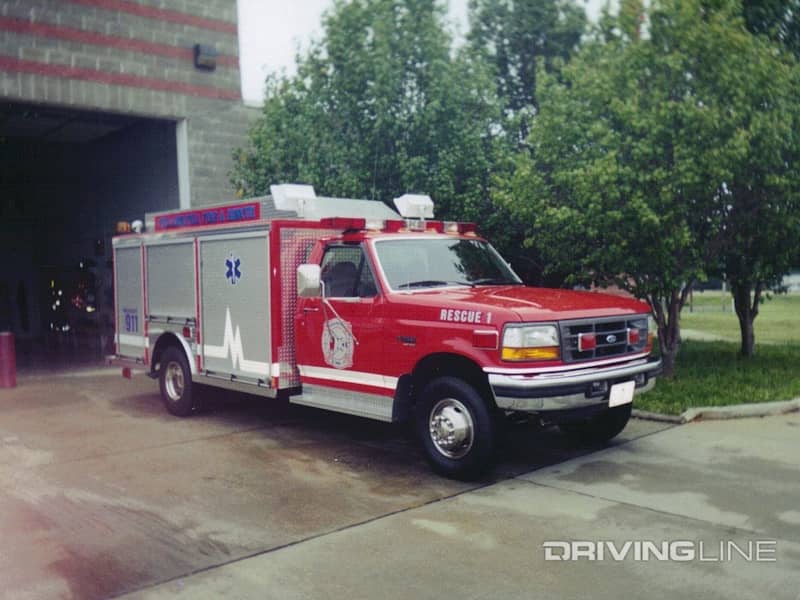
What do all of these vehicles have in common? Space. Strip out the gear they were loaded with to handle their original tasks—whether that be shelving, countertops, or rows of seats—and you’re left with a fresh box for installing your own equipment.
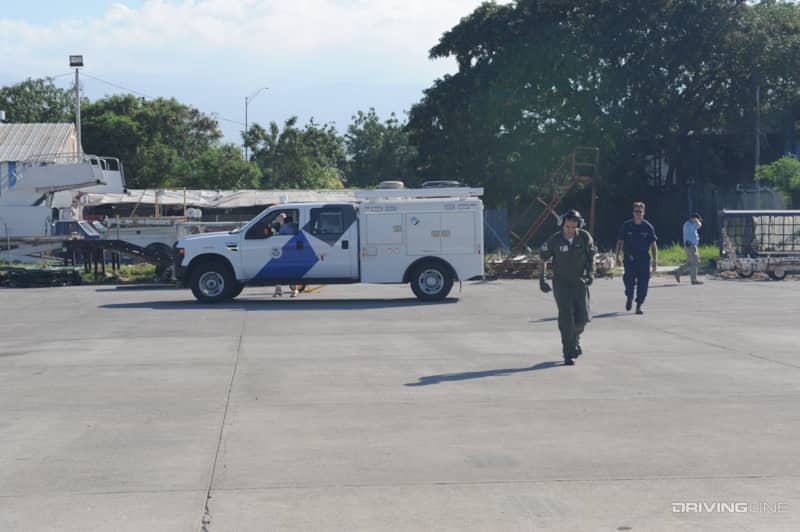
As with an ambulance, there are bonuses to be found in certain models, such as rescue vehicles with generators (and potentially four-wheel drive), and mini-buses with additional under-floor cargo storage. There are also issues you’ll likely have to deal with, too, including thinly insulated bodies (delivery trucks and buses).
Built To Last
From a practical perspective, these off-beat overlanding options present a winning combination of characteristics. But what about their mechanical details?
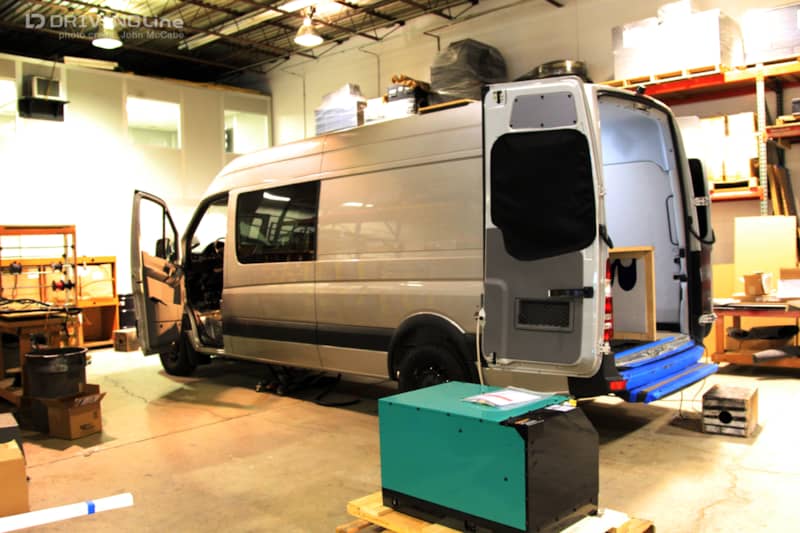
For the most part, you won’t have much to be concerned with over and above the problem areas you’d look for when buying and used truck or van. If you’re buying from a commercial seller, or even at auction, you’re likely dealing with a vehicle that was maintained according to a strict schedule. After all, a delivery truck that sits is one that isn’t earning any money for its owner. By the same token, municipal, state, and federal vehicles are also held to relatively stringent maintenance requirements—no one wants to break down on their way to a house fire—and could even come with their repair and maintenance documentation.
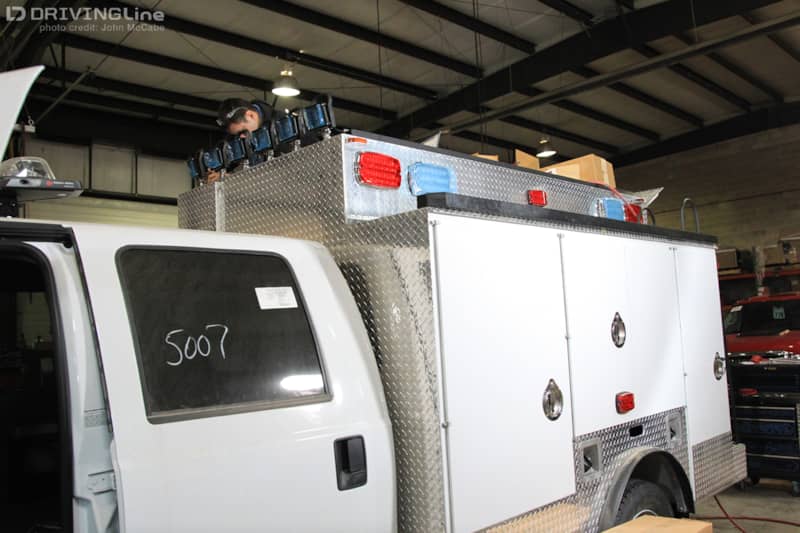
As with any commercial truck, it’s not just the mileage that’s important to consider, but also the number of hours registered on the engine. So many of these vehicles spent considerable amounts of time idling while waiting for the next call, so do you diligence in that area as well. That being said, almost every one of these unusual overland rides was designed to be easy to work on, and features a deep pool of parts availability and interchange, which is part of the need to keep them on the road as long as possible.
Don’t Be Afraid Of Different
Will you have to get creative in terms of outfitting a fleet-sourced rig? Yes, but that’s part of traveling down any path that hasn’t been smoothed over by thousands of others who’ve been there before. You’ll also need to be comfortable working on vehicles that are a little more robust in their construction than a standard van, and potential deal with different classes of licensing and registration depending on how heavy you decide to go, and the rules that govern your state.
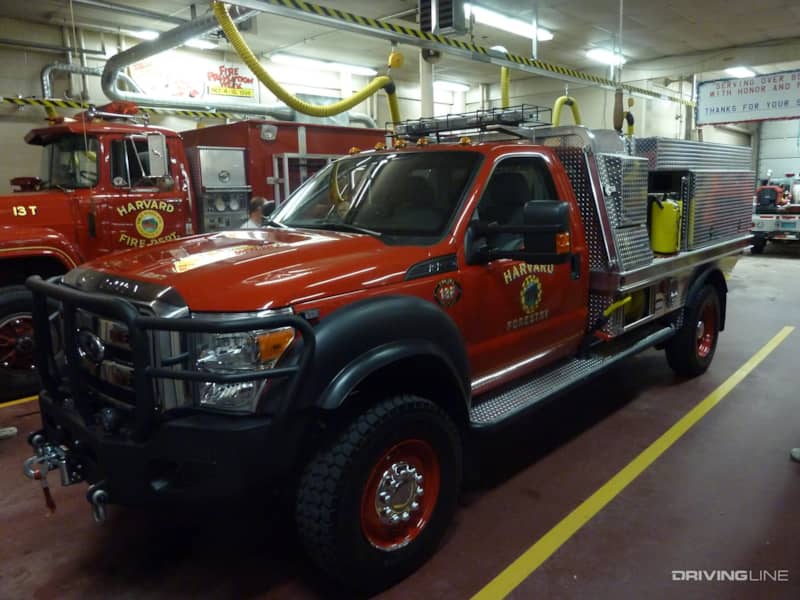
Even with those caveats in mind, fleet vehicles are a compelling overlanding option. Heavy-duty suspensions, uprated cooling and electrical systems, reliable, well-supported drivetrains, and oodles of space make them an outside-the-box step-up from traditional vans.







